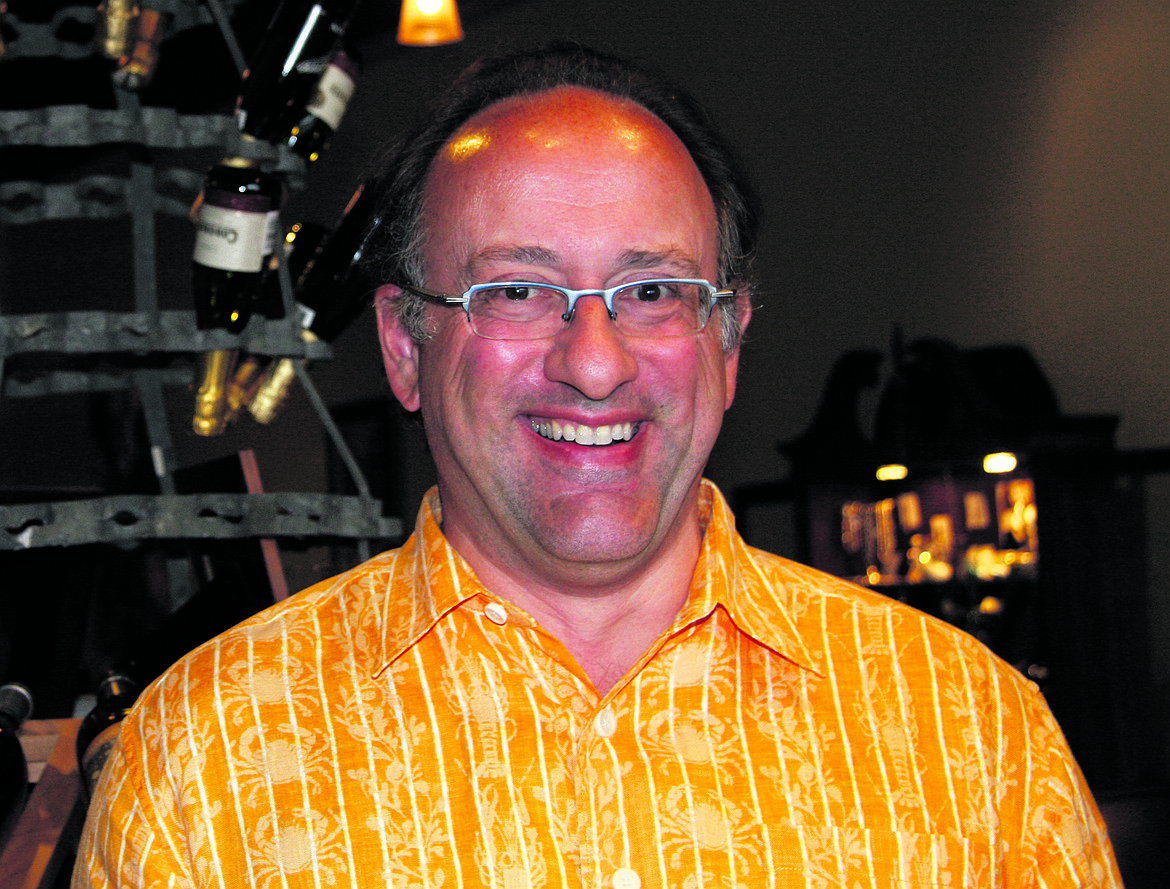ADVERTISING: Advertorial — As garlic is to food…
GEORGE BALLING/the dinner party | Coeur d'Alene Press | UPDATED 3 years, 6 months AGO
Winemakers in so many ways are no different than chefs, and great winemakers are so like great chefs. The allegories between the two professions, or if you will artistic expressions are many. I have been fortunate in my life to enjoy food from some of what I consider the greatest at the culinary arts, the one thing they all have in common is the exquisite balance they create in their food; all parts of their dishes work in harmony with no one ingredient or condiment overpowering all else.
I have long felt that one of the biggest “crutches” the not-so-great chefs use is garlic. Don’t get me wrong garlic is an essential part of many cuisines and individual dishes, when used judiciously it can enhance many foods. In some cases, though it is used in such quantities that it overpowers all other flavors, leaving you with a dish that at worst is inedible and at best dreadful. There are chefs who use it simply stated as a crutch to cover a lack of other talents.
The same is true of the great wines and great winemakers. The greats all pursue that same exquisite balance that great chefs set their sites on. There are wines available at every price point that find that true balance and beauty in wine. For winemakers, those producing the not-so-great versions, oak seems to be the most common “crutch”. Oak especially new oak barrels used for a prolonged period of ageing will cover a multitude of mis-steps in the cellar and result in a wine which is dominated by oak flavors.
Blending is another tool that is too frequently used to cover previous mistakes. The best winemakers will blend in small amounts to make better wine but still allow the varietal character of their primary grape to shine through. There are then winemakers who seem determined to blend everything, blending varietals just to blend and cover up that the component wines they are working with were either not very well farmed or not very well made into wine. One of our biggest challenges right now is trying to find varietal bottlings, meaning at least 75% of the main grape, for our customers. Varietal wines are the way to get to know the true essence of any type of grape, and really good winemakers who many times will specialize in a small number of varietals know how to bring varietal character out in their wines through vineyard management and true winemaking talent, without blending it away.
It may sound strange but the alcohol level in wine is another example of allowing one part of a wine dominate all others to cover up some aspects that are not as good. Alcohol is determined by the sugar content of the grapes. Yeast consumes sugar with two by products co2 and alcohol. By picking grapes when they are very ripe the sugar content of the grapes is elevated, if you then allow those grapes to ferment until the wine is dry you will end up with very high alcohol wine. Wines with high alcohol will taste in their youth very juicy and rich, however the increased alcohol will mask the more subtle fruit flavors and render the wines not age-worthy.
Sugar is another of the masking ingredients that is a hallmark of poor winemaking. Sweetness is a good flavor to the human palate, when left in wines that should otherwise be dry it will cover up a multitude of sins leaving a wine unbalanced and lacking all of the other subtle characteristics. While sugar in wines that are meant to be sweet is desirable and delicious it is not part of the recipe for wines that should be consumed dry.
The best way for wine consumers to learn which winemakers can perform this delicate dance is to taste wines side by side. You know when you will taste one that is well made, by a winemaker who pursues balance in his wines and strikes that balance between art and science to get to that pinnacle.
2021 Vintage Update: We received updates from a couple of winemakers this past week that we thought were important to share. We are heading to Napa in a couple of weeks and have learned that harvest may be mostly complete by the time we arrive at the end of September. This is very early for the picking to be done or even nearly done. While the late summer has been consistently warm contributing to the acceleration in harvest, I suspect that frayed nerves from recent smoke damaged years is motivating all to get the harvest done before there is a chance of grapes being damaged by smoke. More on the harvest as we approach completion.
• • •
George Balling is co-owner with his wife, Mary Lancaster, of the dinner party, a wine and gift shop in Coeur d’Alene by Costco. The dinner party has won the award for best wine shop in North Idaho twice, including for 2018.
George is also published in several other publications around the country. After working in wineries in California and judging many wine competitions, he moved to Coeur d’Alene with Mary more than 10 years ago to open the shop.
You can also follow us on Facebook at facebook.com/#!/dinnerpartyshop.

